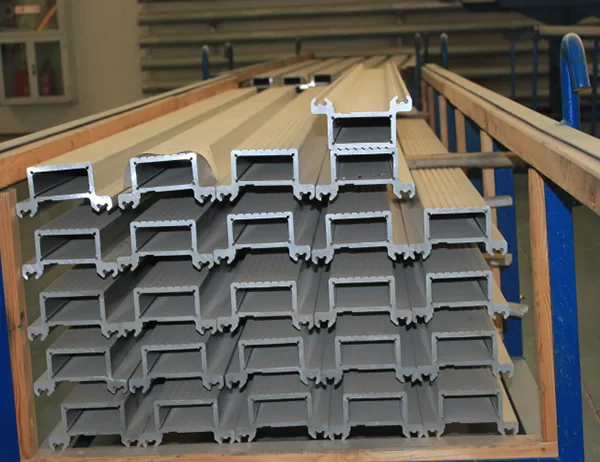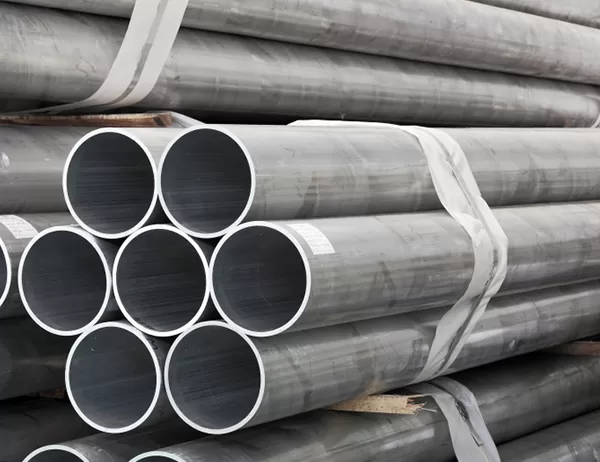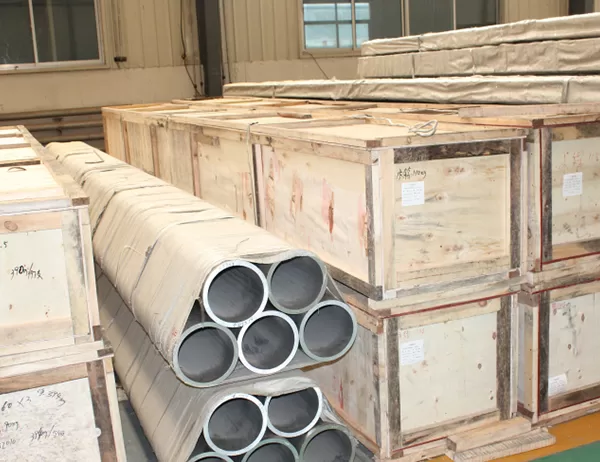Introduction
Thermal management is crucial in numerous industries, from electronics and automotive to aerospace. Efficient heat dissipation ensures optimal performance and longevity of devices by preventing overheating. Aluminum heat sinks have become a cornerstone of thermal management solutions, offering a combination of lightweight, durability, and effective heat transfer. This article delves into the role of aluminum heat sinks, exploring their key attributes and applications.
High Thermal Conductivity
Aluminum boasts an impressive thermal conductivity of 237 W/m·K, making it an excellent material for dissipating heat. This property allows aluminum heat sinks to rapidly transfer heat from hot components to the surrounding environment. The high thermal conductivity enables efficient heat transfer even with compact heat sink designs, reducing the size and weight of thermal management systems.
Lightweight and Durable
Aluminum is a lightweight metal, making aluminum heat sinks easy to incorporate into various devices. Their low weight minimizes the overall weight of the system, especially important in applications where weight is a critical factor, such as aerospace and portable electronics. Additionally, aluminum’s high strength-to-weight ratio ensures that heat sinks can withstand mechanical stresses and vibrations, providing long-term reliability.
Corrosion Resistance
Aluminum exhibits excellent corrosion resistance, particularly when anodized. Anodizing creates a protective oxide layer on the surface of the aluminum, enhancing its resistance to corrosive agents and weathering. This characteristic makes aluminum heat sinks suitable for outdoor applications or harsh environments where moisture or chemicals are present. The corrosion resistance ensures the long-term performance of thermal management systems without compromising structural integrity.
Formability and Flexibility
Aluminum’s malleability allows it to be formed into intricate shapes and complex geometries. This formability enables the design of heat sinks that conform to specific surface areas and airflow patterns. The flexibility of aluminum allows for customized heat sinks tailored to the unique thermal requirements of different devices. Engineers can optimize heat dissipation by matching the shape and design of heat sinks to specific heat transfer challenges.
Cost-Effectiveness
Aluminum is a relatively low-cost material compared to other heat sink materials, such as copper. This cost-effectiveness makes aluminum heat sinks an attractive option for high-volume applications. The balance between affordability and thermal performance allows for large-scale production of efficient thermal management solutions without compromising budgets.
Applications
Aluminum heat sinks find applications in a wide range of industries, including:
– Electronics: Heat dissipation for computers, laptops, and smartphones
– Automotive: Cooling for engines, transmissions, and brakes
– Aerospace: Thermal management for jet engines and spacecraft
– Medical: Cooling for medical devices and equipment
– Industrial: Heat removal for manufacturing machinery and power tools
Conclusion
Unlocking Thermal Management: The Role of Aluminum Heat Sinks highlights the critical role of aluminum heat sinks in modern technology. Their superior thermal conductivity, lightweight, durability, corrosion resistance, formability, and cost-effectiveness make them ideal for a vast array of applications. As devices continue to become more powerful and compact, the demand for efficient thermal management solutions will only increase, and aluminum heat sinks will remain a primary choice for engineers seeking optimal performance and reliability.




